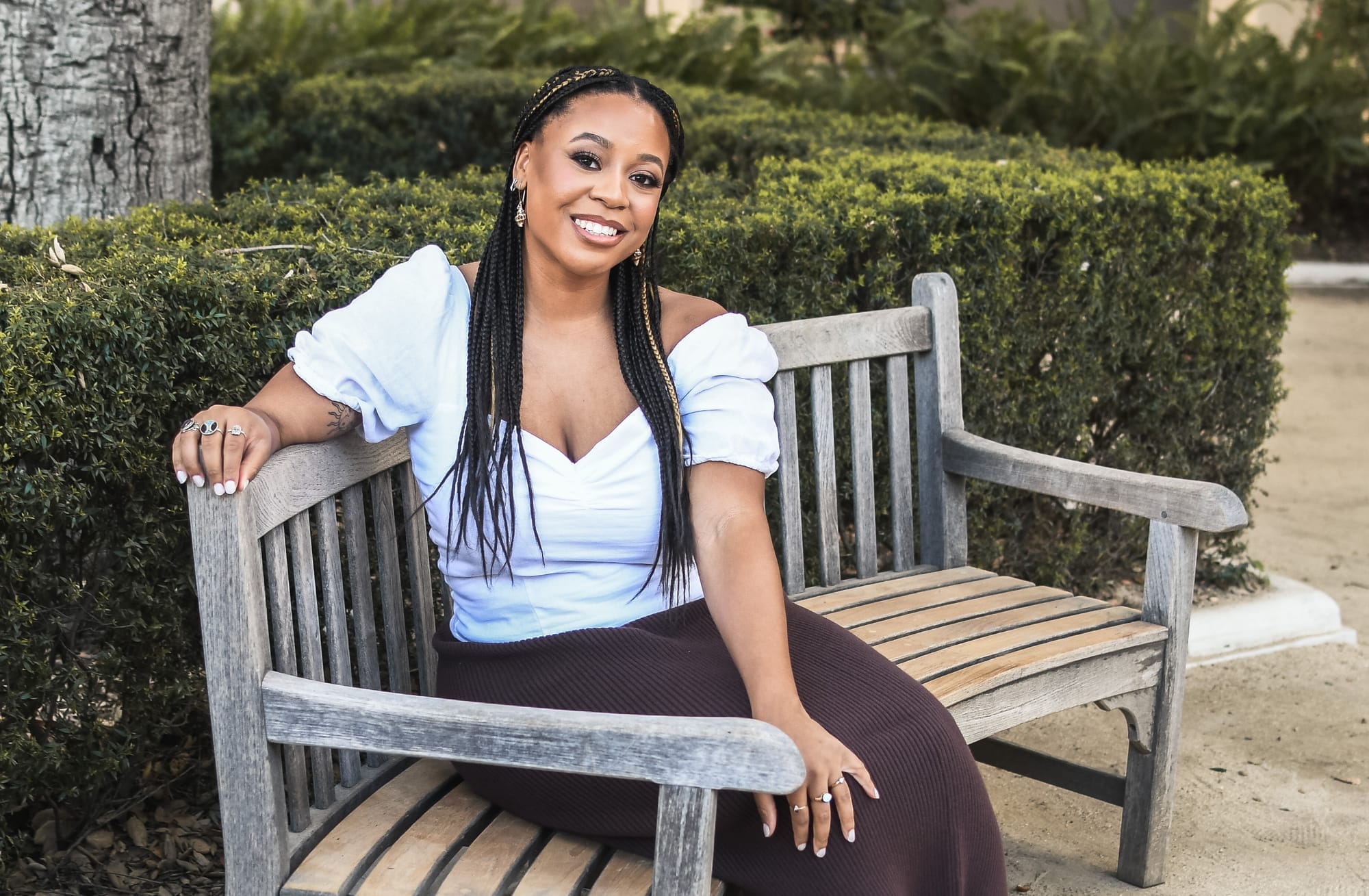
Tiny News Collective exists to support early-stage news entrepreneurs all across the United States who are raising their hands to provide community-focused news and information and places for community connection. We are who we are because of the founders we serve. And we want the journalism field, the civic information space and beyond to know about the creative, impactful work of these founders. To that end, we are thrilled to highlight their stories through an ongoing series of profiles and features.
For our latest feature, we talked with Makeda Easter of the art rebellion, launched in 2022 to help uplift and empower artists, cultural workers and creatives. Her goal is to help artists understand how they can make art a viable career path and push back against oppressive systems. Makeda has been running an insightful series called the Artist Pay Project to understand how artists can survive and thrive in a society that typically under-compensates their work.
I've been interested in artist pay for years. When I was a staff arts reporter at the L.A. Times, it was a question that was bubbling in the back of my mind as I talked to artists. I always wondered how artists are making ends meet when the pay is really low, and the cost of living is really high.
After leaving the paper and starting my own website and newsletter, I was doing a fellowship, the Knight-Wallace Fellowship, and I had this academic year to work on the art rebellion and pursue bigger ideas. And now the cost of living had gone up even more, and I was hearing from artists friends how much more they were struggling. It just felt like a good time to actually do something related to the cost of living and how artists make a living.
At the same time, there's been this movement to talk about pay in a more general sense. Refinery 29 has “Money Diaries” where people will write anonymous diaries chronicling how they spend money each week, and it lists how much money they make and where their money goes. So I had been really interested in those stories, and I wondered, is it possible to do something like this with artists?
There's also this TikTok channel called Salary Transparency Street where there’s a host who talks to people on the street about how much money they make. All of these things were bubbling up together, and so I decided this is a perfect opportunity for me, as my platform is about activist art. But I think it's also about the labor movement and how arts are devalued. So that's why I launched the Artist Pay Project – to dig into those conversations around pay and labor as it relates to artists.
I launched the project by putting out a call to artists from anywhere in the U.S., having them fill out a survey where they could share their income and expenses. Then I have a follow-up interview where I ask them more about how they feel about their financial security.
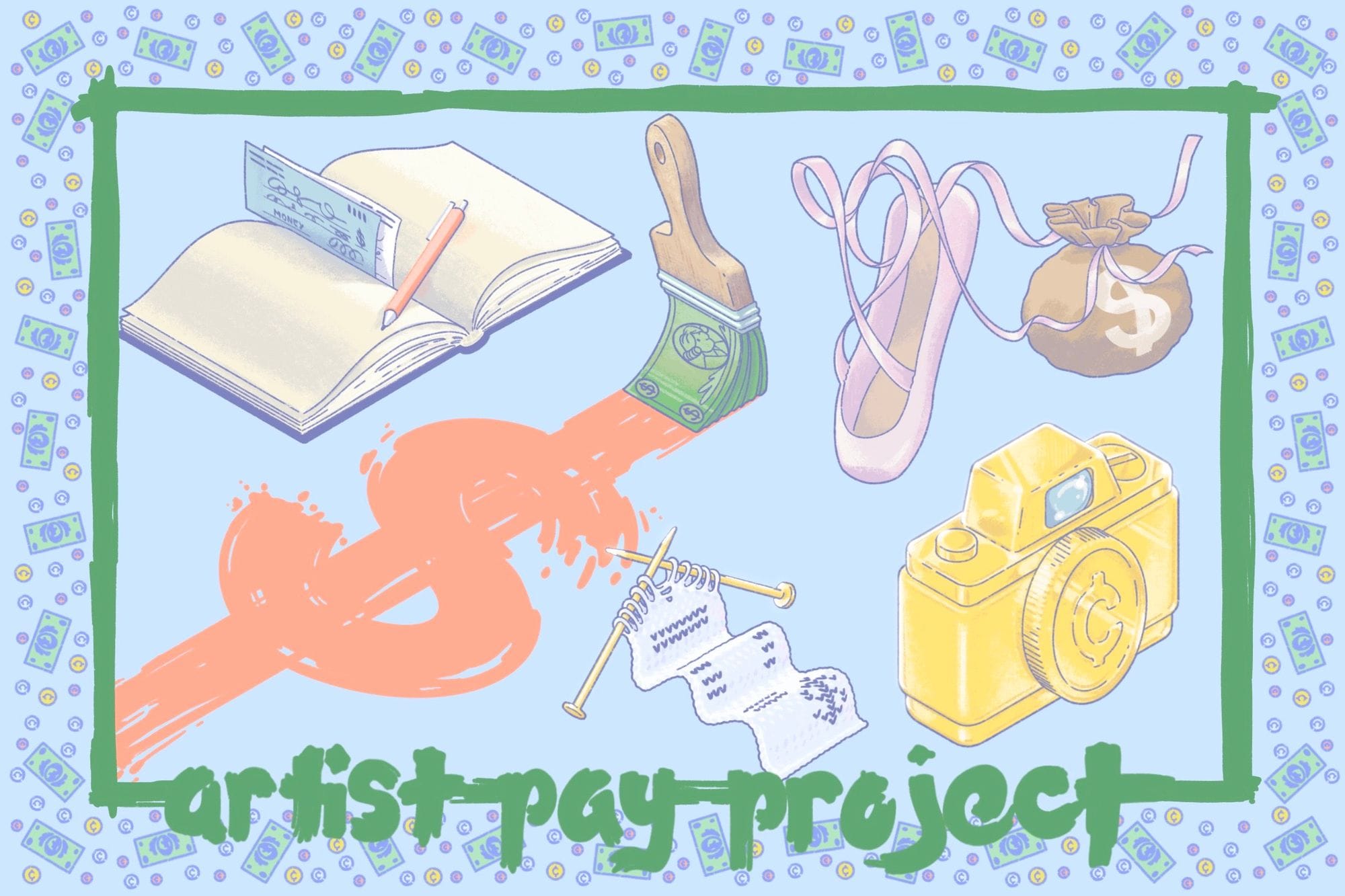
I also reached out to lots of different arts organizations around the country to help me spread the word to artists. In this first round, I received 26 survey responses and did interviews with all of them.
Those interviews were really enlightening and also very sad because the vast majority of people that I talked to were really struggling and had to make very difficult choices. I talked to someone who said they left a staff job to be an independent freelance artist, and they had to make the choice to forego health care because they couldn't afford it.
I was hearing the same things over and over and over again about their financial challenges. There was just one artist who felt financially secure, and that's because they were a professor at a university who had a decent salary and project funds and support and space to do their art. Everyone else felt that it was really tough, and they don't feel valued.
In one of my interviews, a filmmaker said something really eye-opening for me. They felt like there's a lot of mysticism around art-making in the country. People think it's just this magical thing that happens when people make art, but people don't understand how much labor goes into it. The artists were really excited to talk to me and share their stories. They felt like these kinds of stories should be out in the world.
I’ve received really good feedback from people as I've shared the stories on social media or in the newsletter. There's a lot of frustration from people seeing these stories from artists. And it's unfortunate that they have to live this way. I'm hoping to do more of those artist pay snapshots, but I also want to do more work to empower artists. I think that's the next phase of the project.
Last year, I got a small grant from the Solutions Journalism Network, and that was cool to go through that training because it also helped me think more expansively about how I could be reporting these stories.
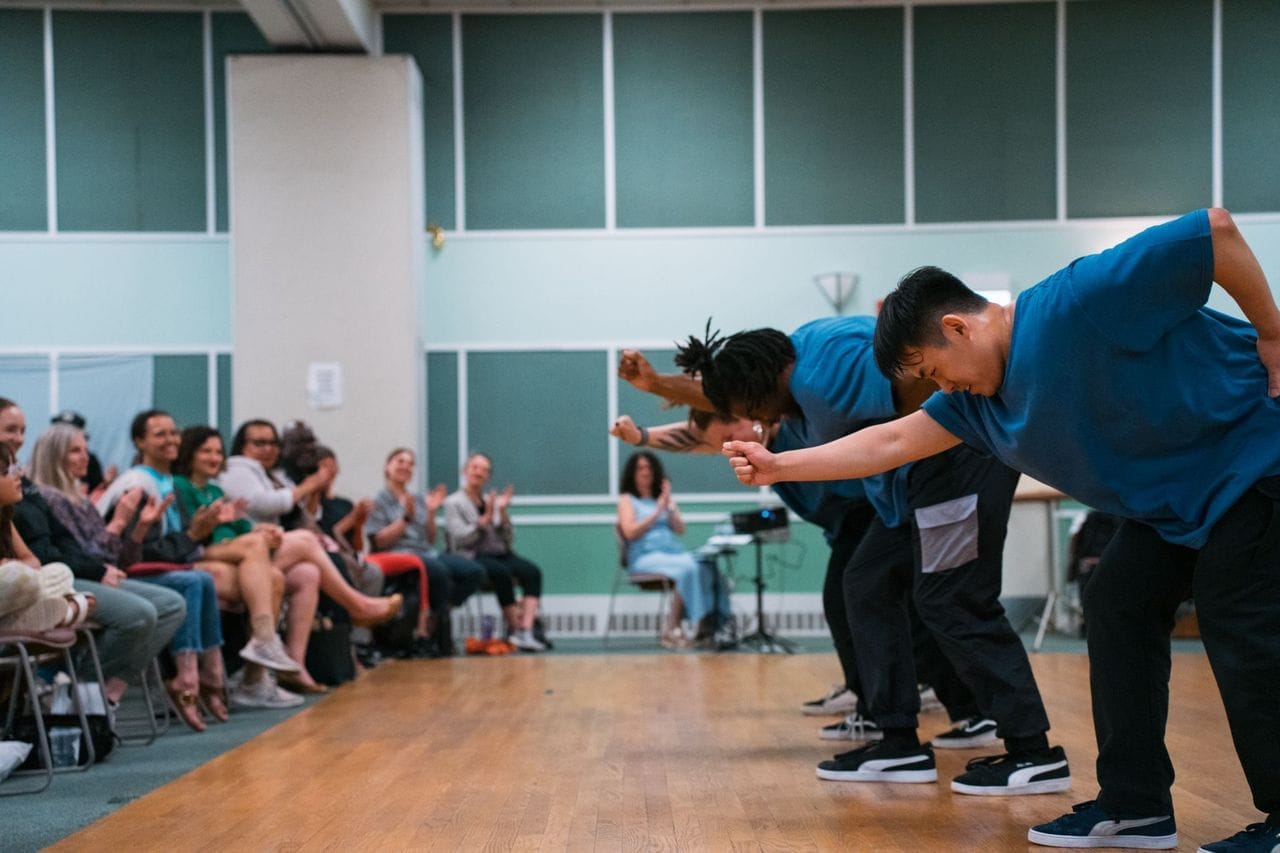
The grant helped me report a couple stories, including one on a guaranteed income program called Artists at Work. They provide salary and benefits to support artists around the country. And I also looked at this program, DanceChance, in Chicago. Instead of doing a lengthy, annoying application process, artists just put their name in a box, and they draw out three winners every other month. The person whose name is drawn gets $4,500 to create a dance work.
So I’ve been looking at different models of how artists can be supported. I do think I will continue doing those money diary-style stories, but I also want to be a bit more thoughtful in the approach.
It's from the City of Chicago's Department of Cultural Affairs and Special Events. I feel like I relate to artists’ stories because as an independent journalist, it's a similar struggle. For the most part, it’s not very sustainable so a lot of the artists’ experiences also apply to my own life as well. I'm also out looking for grants and opportunities to fund my work.
With the Chicago grant, it's for artists, but there are different categories and there was a category for writing. I applied with the Artist Pay Project and found out in May that they awarded me the grant. I proposed doing 10 more of the artist-pay snapshots and to begin developing an art installation or immersive experience based on my reporting. I am considering partnering with a photographer to get some photos or work with a designer to help take the writing I’ve done and turn it into something more visual.
That would help bring my project to life in a physical space, and perhaps use that space to have workshops for artists. The workshops could be about negotiating for pay or grant writing or something to help them feel like, yes, we are struggling, but there are things we can do to make our situation just a little bit better.
And also, for people who are non-artists to come into a space and have a deeper understanding of why artists should be valued, to really understand why they deserve better pay. The bottom line is I want to help empower artists to thrive.
Learn more about other TNC founders by reading these stories:
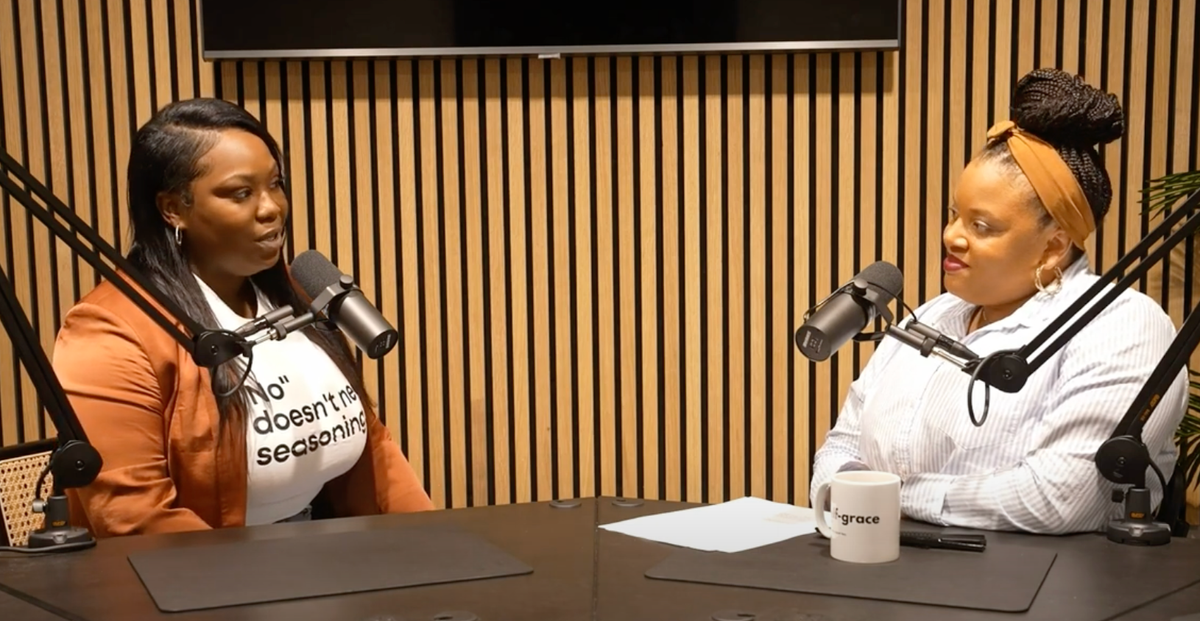
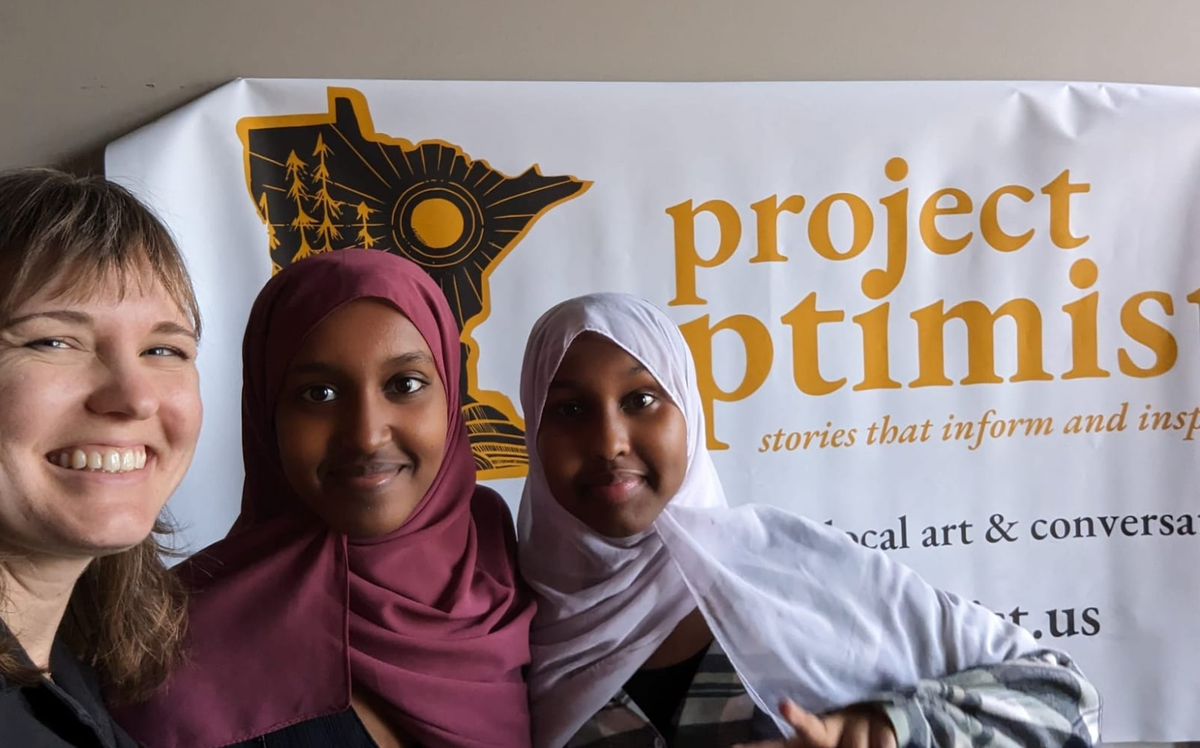
Sign up for our monthly newsletter for ongoing updates, announcements, and resources for newsroom entrepreneurs.